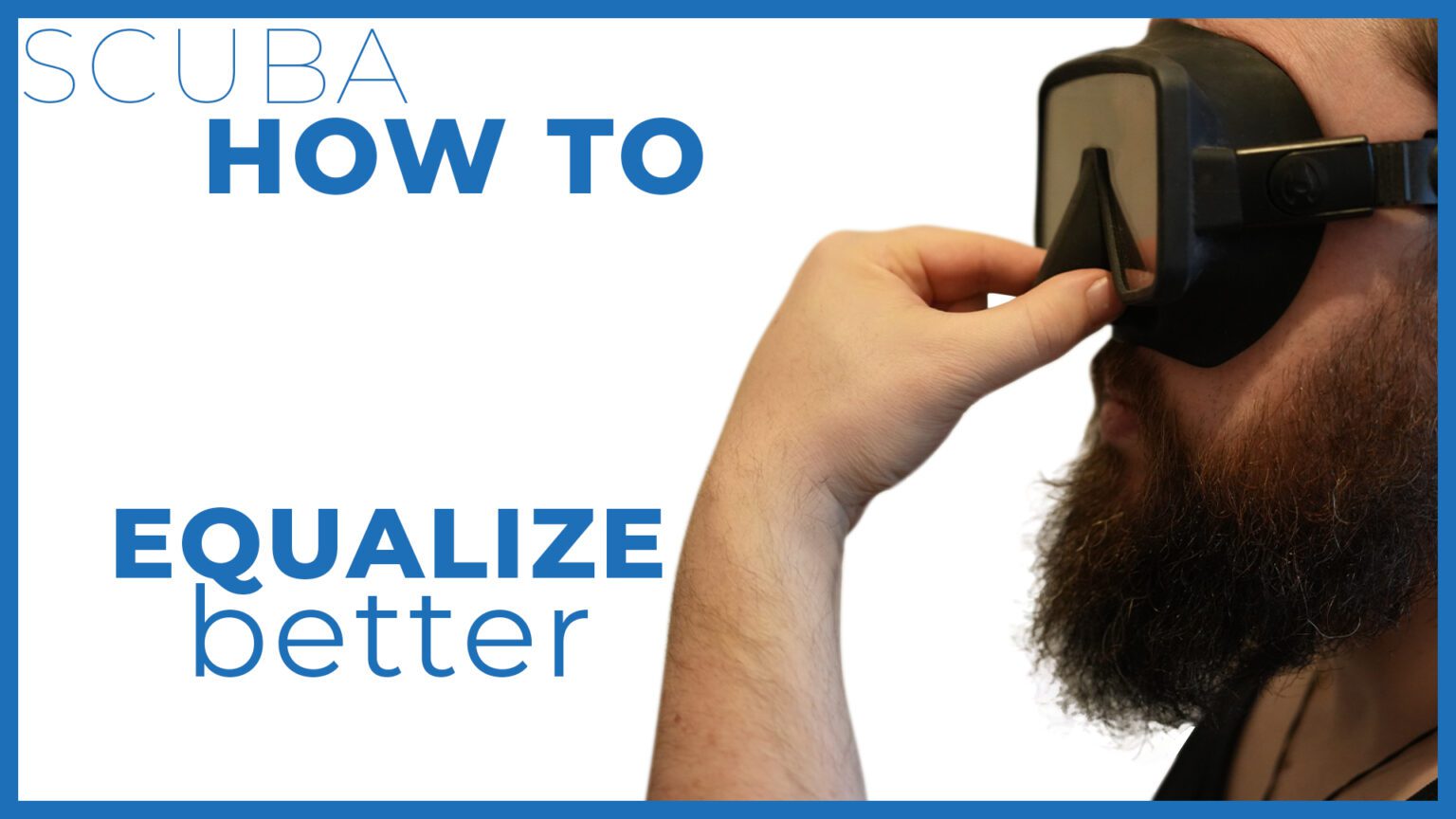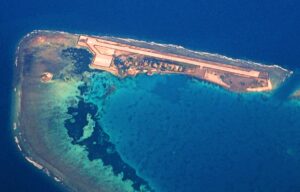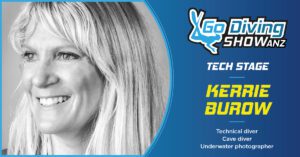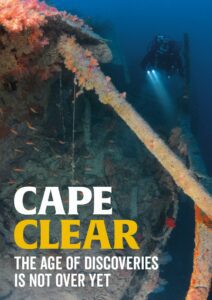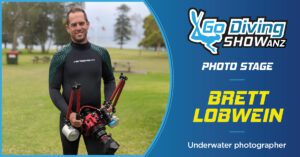Hey everybody, welcome to scuba diver magazine, equalizing your ears is a fundamental skill for scuba divers and freedivers but it’s not a skill that we can show you like most other skills, it’s one of those skills that we have to try to explain to you for you to try yourself. And there are a few ways of equalizing your ears, they’re often called maneuvers. But, all we’re trying to do is to equalize a tiny air space inside a small tube between your throat and your ears.
Basics
To start with we’re going to look at some general basic dos and don’t to help improve the effectiveness of these maneuvers because there are some points where even if you equalize perfectly you simply won’t be able to. So, to start with start equalizing your ears before you even reach the water. I’ll do it in the car journey and setting up my gear just to get all of the parts moving and supple and ready to equalize when you’re actually in the water
Salt water can cause tissues in your nose and throat to swell a little which can make it harder to equalize so, in the water try to prevent any water from going up your nose and in your mouth. I mean that’s usually the plan anyway. But, now you know that if you do get water up your nose it can make it a bit harder to equalize at times.
You also need to equalize early and often at the start of the dive because you can reach a depth where the pressure around you can be so great that you can’t equalize even if you’re doing it perfectly. That’s why you’ve probably heard the term early and often during your training so that you never get to the point where you can’t equalize.
On the descent from the very start, begin equalizing and keep going even if you don’t feel anything, you should never feel any discomfort in your ears and equalizing is all about technique, not force, if your ears aren’t equalizing, don’t try harder because it could be that you’ve gone so deep that the pressure it too great.
If you can’t equalize, ascend and try again. Ascending relieves the ambient pressure around you to increase your chances of equalizing properly and if it still doesn’t work, it’s time to end the dive. If you keep descending you can really hurt yourself and it’s better to miss one dive than never be able to dive again.
If you’re struggling then being vertical in the water can help mucus to drain as they naturally drain downwards and looking up and stretching your neck can help.
Valsalva
The most fundamental manouver you’re taught is Valsalva where you pinch your nose and blow. By blocking your nose and trying to exhale through your nose you inflate the Eustachian tube by forcing that air in through the restriction which is why you feel that pop and that’s the air space that we’re trying to equalize. Imagine a tube with a soft opening that is naturally closed. As you descend that opening gets pulled in tighter as the air space reduces in volume so we need to pump some air volume inside and equalize the pressure.
Valsalva is the most common technique that we teach because it’s fairly easy to explain and it works for most divers and it’s a fairly recognizable hand signal also but, it doesn’t work for every diver and professionals often recommend other techniques so here are some alternatives.
Voluntary Tubal Opening
This one sounds a little gross, voluntary tubal opening, but it’s the method that I tend to use while diving, although I modify it a little. It’s pretty simple and hands free and if you’re doing it right, with practice you can do it all the way down. Remember that we’re trying to open that tube in your throat. VTO is a lot like a yawn without opening your mouth. You tense your jaw and push your bottom jaw forward. That pulls and stretches at that opening which lets some air from your throat into that air space and equalizes. To practice it, make yourself yawn and think about which muscles are tensing and then recreate that.
Toynbee Maneuver
Toynbee is the swallow maneuver. Pinch your nose but, instead of blowing, you’re going to swallow. Swallowing starts that peristalsis movement that, like VTO, moves and pulls things in your jaw to open up that tube. Sometimes just the act of swallowing helps divers you don’t always have to hold your nose.
Frenzel Maneuver
Frenzel is when you make a K sound, or move your mouth as if you’re trying to make a K sound and that tenses the back of your tongue which forces air in the eustachian tube. Again, pinching your nose while you make that K movement can help trap the air so that when you make that K movement the air has nowhere else to go but into the eustachian tube.
Sinuses
So, those are the basic maneuvers for equalizing your ears but, in some rare cases you can get a squeeze in your sinuses which are tougher to equalize on the go. If you feel a sharp pain in the forehead when you’re descending it’s a sinus squeeze. It normally occurs if your sinuses are congested, a trapped air space shrinks and can cause a capillary to burst and a small amount of blood to enter your throat which can be quite bad for infections. The best thing is to either avoid the dive completely if you’re congested or abort the dive if you feel sinus pain.
There is also a flip side to this called the reverse block. A reverse block occurs at the end of the dive when you’re ascending. As you ascend the air spaces in your body expand, and with your ears that excess volume just pushes itself out of the eustachian tube and with normal clear sinuses it just migrates out. However, in some rare cases, mucus can block an air space mid-dive and this trapped air is expanding with nowhere to go so it stretches the sinus and can be very painful.
The best thing to do is descend until the pain stops and gradually ascend. Yet another reason to aim to end the dive with plenty of gas left in your tank to give you as much time as possible to slowly ascend and give that gas a chance to escape slowly. It usually can escape at a low rate but, if you try to rush it you can hurt yourself. And again, don’t be surprised if you get a nosebleed but, do get it checked out by a physician before your next dive. Ideally an ENT doctor because things can get infected and it’s best to get it checked out.
If you normally suffer with sinus problems, I’m going to pop a link to the DAN page on sinus barotrauma to look through, they go into much greater detail about what’s going on and what to do for you, the dive operator, and the physician.
If you’re ever in doubt it is always better to go back and avoid the dive. You should never try to push past it, you’re just going to hurt yourself and if you ever see your buddy show you the ‘something wrong with my ears’ then go along with it and be wherever they need you to be. If it’s at the start of the dive then be prepared to head back to the surface and end the dive there and if it’s reverse block you need to think about what you can do to give your buddy the most time as possible to ascend at a rate that doesn’t damage their sinuses.
But, give these a quick try before your next dive and if one doesn’t work for you then try another or mix it up. Some divers combine techniques into something that works for them but, the human body can be a crazy thing at times and if your normal technique doesn’t work, try another, if that doesn’t work ascend and try again. It’s always about equalizing early and often and it’s never about how hard you do the technique. You’ll burst a blood vessel if you if you try to blow too hard and it’s more about the technique of how you equalize instead of how hard you equalize.
If you found this useful then please subscribe to our YouTube channel for more advice.
